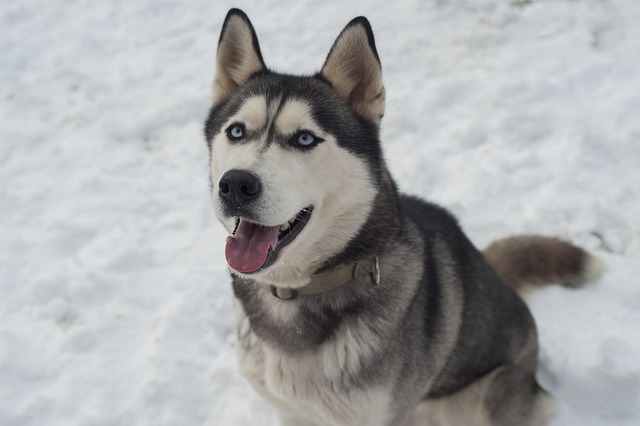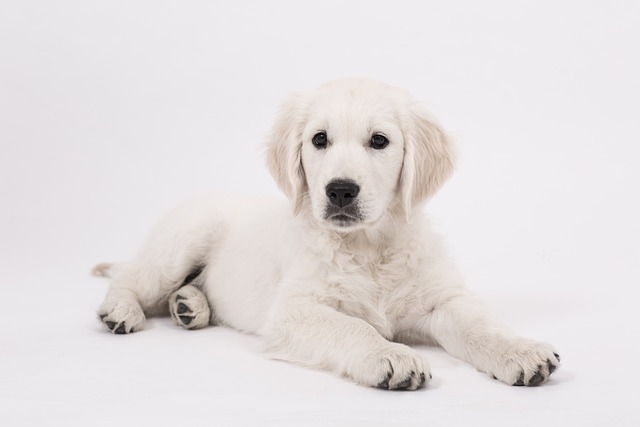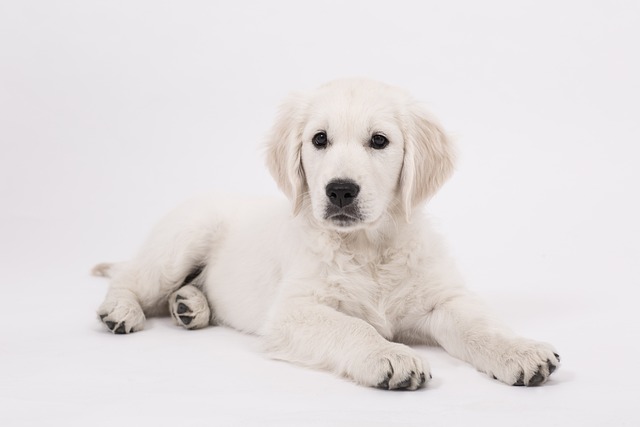
Do it hurt a dog to express glands?
Many dog owners first notice their pup scooting across the carpet or licking their rear more than usual, and that’s often when the question of gland expression pops up.
I stood on my friend Lena’s Austin patio last July, watching her 2-year-old Bulldog, Tank, sprawl on his cooling pad—panting, even though the pad was supposed to keep him cool. “I bought this three months ago, and it’s already not working. How long do cooling pads for dogs last, anyway? Did I waste my money?” she asked, prodding the pad with her foot. If you’re a new U.S. dog owner sweating through summer with a heat-prone pup, the answer depends on two big things: the type of cooling pad and how you care for it. Most last 6 months to 3 years, but with smart upkeep, you can stretch that lifespan—and keep your dog safe from overheating.
To understand how long cooling pads for dogs last, let’s break down the different types and their science. Lena’s vet, Dr. Carter, explained there are three main kinds: gel-based (most common, uses phase-change gel that absorbs heat), pressure-activated (no gel, relies on breathable fabric to wick heat), and electric (plugs in, circulates cool air). Lena’s gel pad died early because the gel leaked—likely from Tank’s sharp nails puncturing the plastic. Gel pads last 6–12 months with rough use, while pressure-activated ones hold up 2–3 years (no gel to leak) and electric ones 1–2 years (prone to cord wear). Unlike cheap chew toys, cooling pads aren’t indestructible—but their lifespan hinges on prevention, not replacement. Scolding a dog for damaging a pad (like Lena almost did when Tank nipped at it) violates U.S. animal welfare standards; Tank wasn’t being destructive—he was hot and curious, and our job is to protect the pad and him.

Here’s how to make cooling pads for dogs last longer, using what Lena fixed for Tank: First, match the pad to your dog’s habits. Dr. Carter told Lena to swap her gel pad for a pressure-activated one with a tear-resistant canvas cover—perfect for Tank’s nails. She also added a washable fleece liner (soft on his skin, extra barrier against punctures). Second, store and clean it right (avoid sun and moisture). Lena now brings the pad inside after walks—leaving it in direct Texas sun breaks down gel and fabric faster. She wipes it weekly with a damp cloth and mild soap (no harsh cleaners that eat plastic) and lets it air-dry fully before storing. For gel pads, never freeze them (cracks the plastic) or put them in the dryer. Third, supervise at first (teach “gentle” with positive reinforcement). When Tank first used the new pad, Lena gave him a freeze-dried treat every time he lied down calmly (no nipping). He learned the pad is for relaxing, not playing—reducing wear. Fourth, replace at the first sign of trouble. If a gel pad leaks, toss it immediately (ingesting gel makes dogs sick); if an electric pad’s cord frays, stop using it. Lena checks her pad weekly for rips or soft spots—catching issues early prevents accidents.
For apartment living and community norms, these habits fit seamlessly: Lena keeps the pad in Tank’s crate during the day (shaded, out of direct AC vents that overcool him) and moves it to the living room at night. On park trips, she brings a foldable pressure-activated pad (easy to pack) and uses it during rest breaks—good etiquette to keep Tank from hogging shared benches. She always carries biodegradable poop bags (Austin fines $175 for leaving messes) and a water bowl—cooling pads work better when dogs stay hydrated. Never skip vet checkups: Tank’s rabies vaccine is up to date (mandatory nationwide), and Dr. Carter noted that a well-maintained pad reduces overheating risks—critical for Bulldogs, who struggle with heat. He also warned against using damaged pads: “A leaky gel pad can cause skin irritation, and a frayed electric cord is a shock hazard.”
Two months later, Lena texted me a photo: Tank curled on his pad, cool and relaxed, even on a 90°F day. How long do cooling pads for dogs last? For Tank, it’s now 2+ years (thanks to the tough cover and proper care). For your pup, it’s about picking the right pad, protecting it, and replacing it when it’s worn. A good cooling pad isn’t just a summer accessory—it’s a safety tool, and making it last means more cool, happy days with your dog.

Many dog owners first notice their pup scooting across the carpet or licking their rear more than usual, and that’s often when the question of gland expression pops up.

I’ll start with a relatable scenario of a new owner struggling to keep their pup cool on a budget, explain how homemade cooling pads use evaporative or gel-based cooling science

I stood on my friend Lena’s Austin patio last July, watching her 2-year-old Bulldog, Tank, sprawl on his cooling pad—panting, even though the pad was supposed to keep him cool.

I’ll start with a relatable scenario of a new owner dealing with their pup’s upset stomach, explain which fruits soothe canine digestive systems

If you’ve noticed your dog scooting or licking their rear more than usual, anal gland issues might be the cause—and some breeds are more prone to this than others.

I’ll start with a relatable scenario of a new owner unsure which fruits are safe for their pup, explain what makes a fruit “good” for dogs (nutrition + low risk), share top picks and how to serve them